Reducing Plastic Waste Begins with Relaunching the Bottle Refill System
Wrestling humanity away from single-use plastics will not be easy. But we can start by reducing our reliance on single-use plastic beverage containers.

Wrestling humanity away from single-use plastics will not be easy. But we can start by reducing our reliance on single-use plastic beverage containers.

Residents tell us of a stark contrast between lower-income neighborhoods and those of their wealthier neighbors: Trees. WIthout greenery, heat absorption by concrete is abundant.
Climate change struck home for me when the waters at Salisbury Beach recently hit an unheard-of 75 degrees.
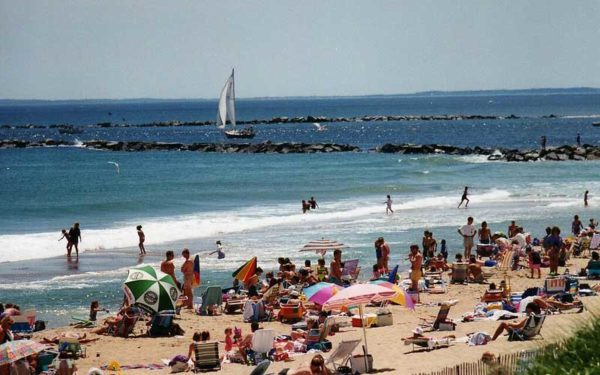
Located in the North End of Boston, Massachusetts, Uvida Shop is the city’s first-ever Zero Waste store – a retail destination that sells products with no single-use plastic packaging. Owner and CEO Maria began this venture while studying environmental science and sustainability at UMass Boston.
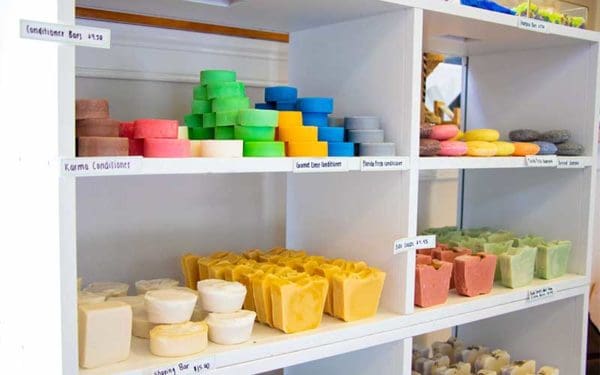
Our region has seen hurricanes and tropical storms before, but, as we’ve just witnessed, it doesn’t have to be a storm of that magnitude to do significant damage. This year’s wet summer has shown that severe storms are becoming more common and intense, and they will only grow more frequent as the climate crisis deepens.
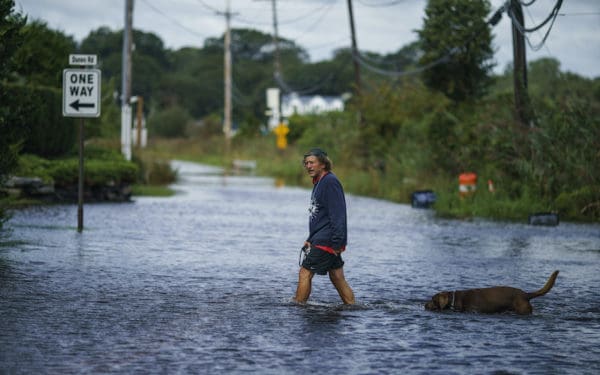
“The language of the proposed ballot question is ambiguous and will very likely confuse and mislead voters,” said Staci Rubin, Vice President, Environmental Justice, CLF. “This effort comes at exactly the wrong time. With the impacts of the climate crisis becoming clearer by the day, options should be on the table to reduce transportation fossil fuel use and prepare our communities for what’s to come.”
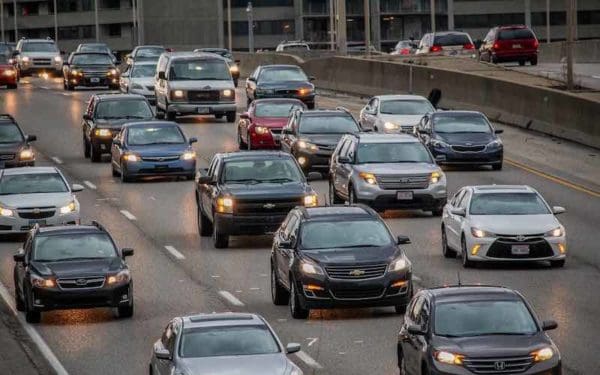
“We aren’t just seeing moves. We’re seeing forced moves that are caused by social and economic forces which create ripple effects in communities,” said Reann Gibson, Senior Research Fellow at Conservation Law Foundation and manager of the Healthy Neighborhoods Study. “It’s so important to listen to residents to deepen our understanding of their lived experiences, to identify the data that best captures those experiences, and to interpret the findings in a way that truly demonstrates the impact of displacement on health and wellbeing. We must now use this data to enact real change in these neighborhoods.”
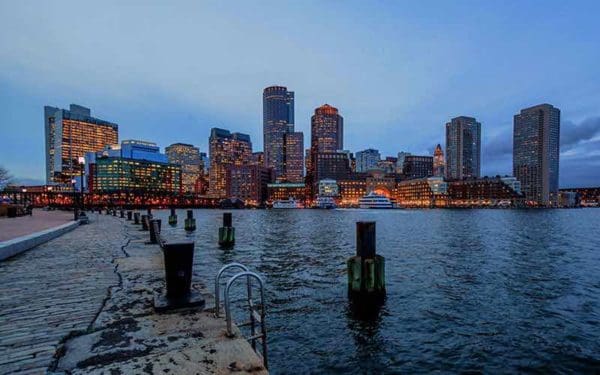
“The waterfront really is — legally — supposed to be a resource for everyone’s enjoyment,” Moran told GBH News. “The last time around, [developers] really drove the conversation because they came to the table with, you know, pretty much a fully baked idea of what they wanted to do. That’s why we have a plan that’s focused on two individual parcels over a 42 acre-wide district,” she said. “I don’t want to see this redo be focused on responding to, or tweaking, the existing proposals. I think we really need to take a step back and take this opportunity to think outside the box — and think about what else is possible.”
“Mayor Janey made the right decision today,” said CLF President Bradley Campbell. “Boston’s developer-driven MHP process is fundamentally flawed, and the Downtown MHP would have resulted in less public access to one of the city’s greatest treasures – Boston Harbor. It’s time to reform the planning processes for all waterfront neighborhoods to elevate the public’s voice and right to access the water. We look forward to working with the city to achieve this goal.”
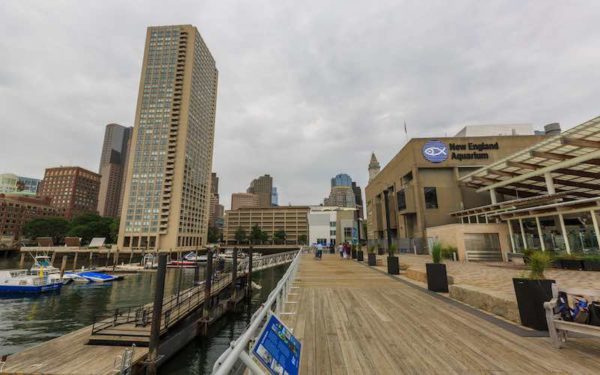
Our regional electricity grid operator, ISO-New England, must stop supporting the dirty fossil fuels at the root of the climate crisis.
